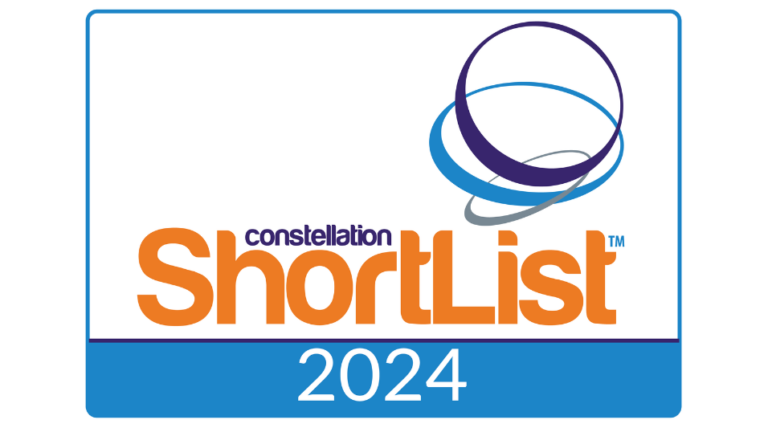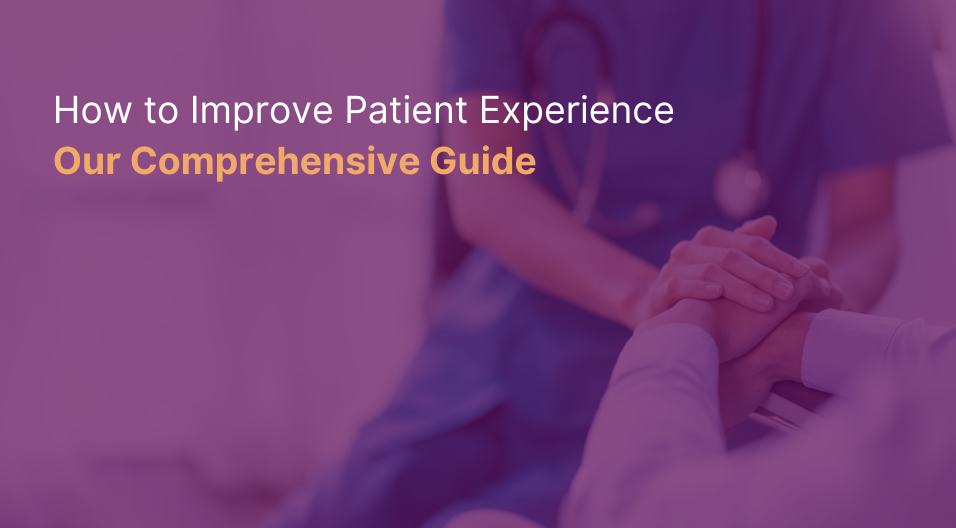In this post, we’ll explore the potential role of Self-Service Rounding (SSR) in three emergency departments (EDs) settings. Due to many different factors, EDs are notoriously crowded places. They often face high patient volumes, shortages of in-patient beds, and limited resources and staffing, all of which contribute to patient dissatisfaction and instances where patients leave without being seen or against medical advice. Indeed, according to Becker’s Hospital Review and data from the Centers for Medicare & Medicaid Services (CMS), emergency department wait times are on the rise nationwide. The median time patients spent in the ED is 162 minutes, up from 159 minutes, over the course of a 12-month period.
These extended wait times in high-pressure settings underscores the need for innovative approaches to improve patient experience and emergency department efficiency. SSR empowers patients and their families with more of a voice as they receive care in the ED. The technology allows for web-based access on a patient’s own device — via QR code or SMS link — letting them self-report information and ask questions in real-time. Ultimately, SSR can alleviate the burden on overworked staff while giving patients’ more autonomy.
Real-world use cases of Self-Service Rounding in ED settings
In these examples, integrating a digital solution for patient engagement in the ED can help health systems improve care efficiency, patient autonomy, and patient satisfaction.
Use case #1: Enhancing patient assistance in the ED waiting area.
A level 1 trauma center is in the process of implementing SSR, with QR codes or SMS for easy access, to offer a direct channel for patients in ED waiting areas. Up until now, the center has struggled with long wait times and poor patient experience scores. SSR is being implemented with the goal of improving patient experience by reducing perceived wait times and offering them access to the information they need. This will also free up staff’s time and help them identify opportunities for service recovery in the moment.
Use case #2: Streamlining requests for ED Boarders/Hold patients
SSR can also provide a way for ED Boarders/Hold patients to request help more efficiently and improve their experience. “Boarders” refers to holding admitted patients in the ED, often in hallways, while waiting for an inpatient bed. This is a particularly vulnerable group with less privacy, and the potential for increased medical errors and mortality. SSR allows these patients to alert care providers via SMS about opportunities and needs in real-time, leading to better patient outcomes.
Use case #3: Support patients in treatment rooms
Incorporating SSR technology within ED treatment rooms has the potential to enhance patient experience, especially considering the prolonged average length of stay of around 2.5 hours. For many of these patients, the wait times can be even longer due to various factors such as assessments, ordering and administering treatments or medications, and preparing for discharge. SSR allows patients to self-report issues and feedback during this stressful time. In turn, healthcare staff are able to react faster to better support them.
Key features and capabilities of Self-Service Rounding
SSR allows staff to have visibility into patients’ experiences as they wait — what’s going well or poorly — so there’s time to respond while patients are still present. The solution includes:
- Flexible modalities: Through QR codes or SMS, ensure patients can easily access the service using their preferred method.
- Customized scripts: Tailor communication to specific populations to enhance the relevance and effectiveness of the messages.
- Real-time delivery: Immediate message transmission ensures timely patient engagement and feedback, leading to better service recovery.
- Branding consistency: Customizable logos allow for a seamless experience that aligns with the healthcare provider’s branding.
- Accessible anywhere: With web browser compatibility on both mobile devices and desktops, patients can interact with the service from anywhere.
- Secure authentication: Ensure patient privacy and security through simple authentication steps.
Conclusion
CipherHealth’s SSR has broader implications for reshaping the landscape of emergency care. By helping to bridge the gap between patients and healthcare providers, SSR not only enhances the patient experience but also optimizes the workflow for ED staff, allowing them to focus on patients with urgent care needs. Its implementation across diverse ED settings can address some of healthcare’s most persistent challenges — overcrowding, long wait times, and patient dissatisfaction.










